by George Steele, 2016
Tyton Partners and the Babson Survey Research Group (2016) released a new report focused on the “institutional use of and attitudes toward the advising-technology landscape today” (p. 3). The report, titled Driving Toward a Degree: Establishing a Baseline on Integrated Approaches to Planning and Advising, focused attention on the iPASS model. The creation of the iPASS model was conceptualized by multiple organizations and constituencies including the Bill and Melinda Gates Foundation (n.d.) and EDUCAUSE (n.d.). In 2015, the Tyton Partners released a two-part series Driving Toward a Degree: The Evolution of Planning and Advising in Higher Education, “which focused on the vendor landscape of academic-advising technology and institutional selection of technology in this market,” (Tyton Partners and the Babson Survey Research Group, 2016, p. 3).
Importance of the iPASS Model
The purpose of iPASS is defined as “the use of technology in the areas of course planning and degree audit, analytics and reporting, and identification of at-risk students to support an effective planning and advising system that is focused on continuous improvement and promotes shared ownership” (p. 3). They further state that the purpose of this integration is “to engage in advising and student support relationships that facilitate meaningful goal setting and connect students to the information and services they need, at the time they need them, to keep them on track for graduation (p. 3).” It seems impossible for anyone in the field of academic advising to seriously disagree with any of these ideas. Most of these ideas have been a part of the academic advising research for over thirty years and a brief review of the NACADA Journal or the NACADA Clearinghouse would provide ample examples.
The critical idea missing with iPASS though is the consideration of advising as a teaching and learning activity. All in the field of academic advising should be aware of the iPASS model because it may influence how stakeholders at institutions consider the ways that technology should be adopted and deployed for academic advising. While the authors of iPASS offer many useful suggestions and ideas for using technology for advising, there are also serious differences in their understanding of what constitutes academic advising compared to the opinions of many within the advising field. Their most obvious oversight is not viewing academic advising as a teaching and learning process. This oversight must be addressed, as failure to do so can lead to adoption of technologies that do not support an advising as teaching and learning approach.
Advising as a Teaching and Learning Activity
The importance of academic advising as a teaching and learning activity has been a cornerstone of defining academic advising for years. Both NACADA: The Global Community for Academic Advising’s Concept of Academic Advising and The Council for the Advancement of Standards in Higher Education (CAS) have defined advising as a teaching and learning activity. NACADA’s Concept of Advising (2006) (Image 1) is comprised of three main ideas: curriculum, pedagogy, and learning outcomes. These three key concepts mutually support, so as to advance, “academic advising as the fulfillment of the teaching and learning mission of higher education” (para. 7).
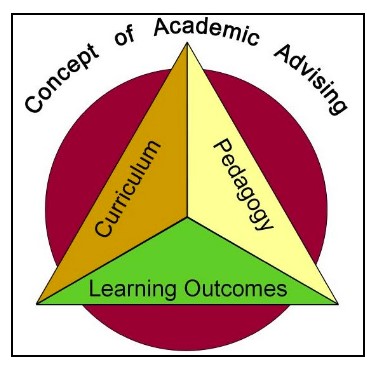
Image 1. NACADA concept of academic advising. From NACADA: The Global Community for Academic Advising. (2006). NACADA Concept of Academic Advising. NACADA Clearinghouse of Academic Advising. Retrieved from http://www.nacada.ksu.edu/Resources/Clearinghouse/View-Articles/Concept-of-Academic-Advising-a598.aspx
|
The CAS Standards expand on this model by identifying twelve critical categories every academic advising program should address. These twelve categories range from Mission, to Use of Technology, to Program Assessment and Evaluation. For these twelve CAS standards, the intent is to focus academic advising programmatic efforts to “foster and enhance student learning, development, and achievement” (Council for the Advancement of Standards [CAS], 2013, para. 1). Combined, both the Concept of Advising and the CAS Standards for academic advising should have guided iPASS on the creation of their model. Yet it is hard to find a consideration of the importance of teaching and learning in the technologies the iPASS authors emphasize in their integrated approach to planning and advising. Alternate approaches to embrace such technologies do exist.
Re-conceptualizing Advising Technology
One such approach has been advanced by this author. Steele (2014, 2015, 2016b) proposed a model for using technology intentionally to advance three general tasks and goals for academic advising: service, engagement, and learning. In describing requirements for the learning component of the model, Steele (2014) noted,
A key element of learning is that students are expected to show they have mastered some content, developed a skill, produced a project, created a plan, or demonstrated reflection on a topic or issue. And, that student learning will be assessed. This assessment of learning is what distinguishes students from customers, as customers are not held to this level of accountability. (para. 11)
Examples of how technologies could be categorized for the three general tasks and goals of advising is represented in Image 2.
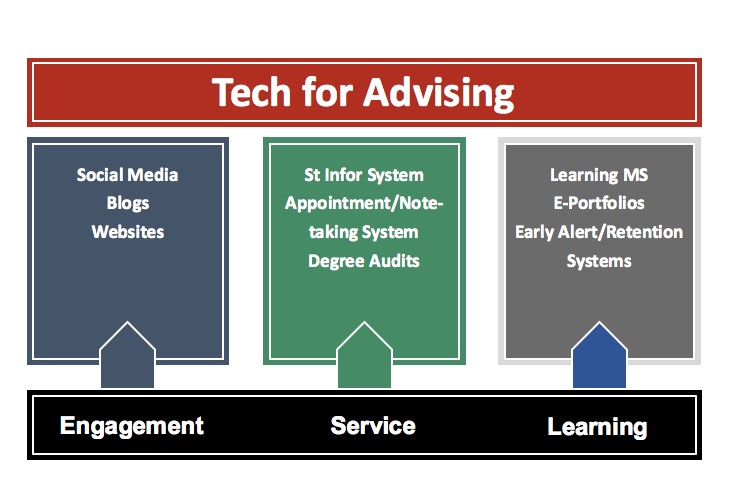
Image 2. Steele’s alignment of technologies with advising tasks and goals.
The key to the technologies listed for learning is that in general they provide means for organizing content aligned with specific learning outcomes, means to evaluate students’ learning, and communication tools that help advisors interact with students as they learn. In this regard, students’ learning can be developed in scope and sequence tied to evaluation using Bloom’s Taxonomy with interactions with a teacher. Bloom’s Taxonomy (Anderson et al., 2001) is based on a cognitive psychology approach with learning outcomes associated with three domains of learning: psychomotor, affective, and cognitive. For all three domains, educators should strive to have students demonstrate learning at the peak of each triangle (illustrated in Image 3 below). Other learning outcomes are based more on behavioral psychology where specific desired behaviors are identified (Eisner, 1979, p. 101).

Image 3. Bloom’s taxonomies of learning domains. From Clark, D. (2015). Bloom’s taxonomy of learning domains. Retrieved from http://www.nwlink.com/~donclark/hrd/bloom.html
Both learning management systems (LMS) and e-portfolios contain tools that help teachers evaluate various levels of Bloom’s Taxonomy. Quizzes, fill-in-the blank questions, short answer responses, paper submissions, or multimedia projects are some examples of how LMS can be used to collect students’ work for evaluation. With e-portfolios, in general, students can create and share examples of their academic and career planning process. Examples of student learning posted in e-portfolios can be viewed in a site created by eFolioMinesota Showcase (n.d). With both LMS and e-portfolios, rubrics associated with higher order learning outcomes are often used to evaluate student learning. This comes in extremely handy for those educators who view academic and career planning as a problem solving activity in which students engage.
Behavioral outcomes attempt to describe specific desired behaviors as an example of learning. In this way, early-alert systems are set up to identify when students, at specific intervention points, are not engaging in successful behaviors (National Clearinghouse for Early Alert Initiatives, n.d). Examples of these behaviors would be not registering in a timely way or signing up for courses that do not match prior identified graduation goals. Effective academic advising programs should use a combination of higher order outcomes and behavioral outcomes to guide their creation of learning outcomes. A conceptual model to how these learning outcomes can be associated to these three different learning tools is shown in Image 4 below.
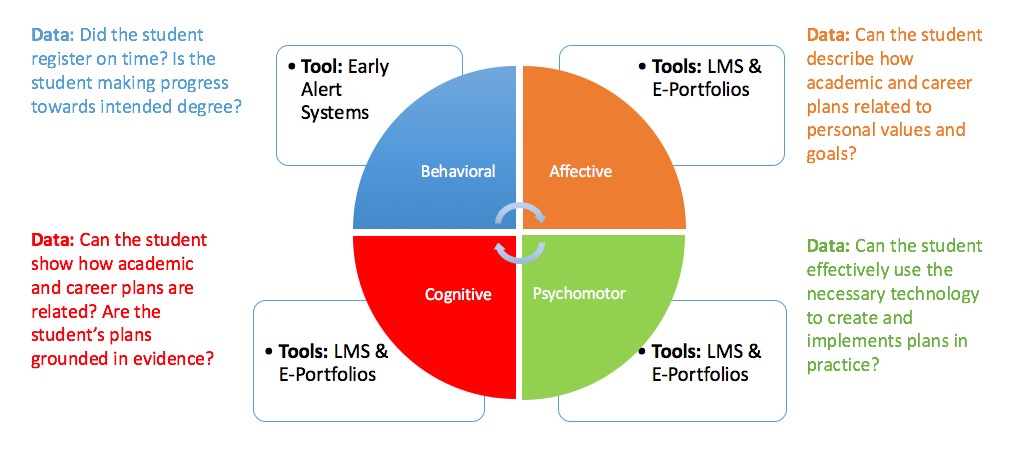
Image 4: The relationship between learning technology tools and learning outcomes
Importance of Learning Technologies for Advising
When we consider the Planning and Advising Product Taxonomy proposed by iPASS, what is surprising is the limited use of learning technologies (Image 5). EDUCAUSE Center for Analysis and Research from Dahlstrom, Brooks, and Bichsel (2014) reported that 74% of faculty surveyed found the LMS a very useful tool to enhance teaching, while 71% stated that the LMS was a very useful tool to enhance student learning (p. 4). In addition, Dahlstrom, Brooks, and Bichsel (2014) reported that 99% of the institutions have an LMS system (p. 4). In 2015, Dahlstrom, Brooks, Grajek, and Reeves from the EDUCAUSE Center for Analysis and Research reported that over 80% of students report using an LMS in at least one course and over 30% report using an e-portfolio in at least one course (p. 25). While the exact extent of the use of LMS and e-portfolios can be debated, clearly these technologies are available and can be used at most institutions for academic advising. Yet, neither LMS or e-portfolios are listed as student planning tools on the iPASS Taxonomy (Image 5, Tyton and Babson, 2016, p. 4). Instead, there is a focus on the use of course planning and degree audit tools.
In Steele’s model, both of these tools would be classified under the advising tasks and goals of services, for both are enterprise level tools that rely on combing students’ personal data (courses taken) with institutional data (courses needed to complete a program) (Steele, 2016b, pp. 310-312). This example highlights the need for use of learning technologies. For the in the end, the learning goal is to have students interpret, evaluate, and propose various scenarios of course planning while considering their circumstances. In 30+ years in the field of academic advising, this author has found few academic advisors who think that many of their students can actually read their audit reports. Instead, advisors find that degree audits are a teachable moment. Both LMS and e-portfolios provide platforms to help with this learning opportunity. When advisors have students work through exercises that engage them in reflective thinking, it helps students’ efforts to master and record this important task and provides channels of communication for interaction between the student and advisor.
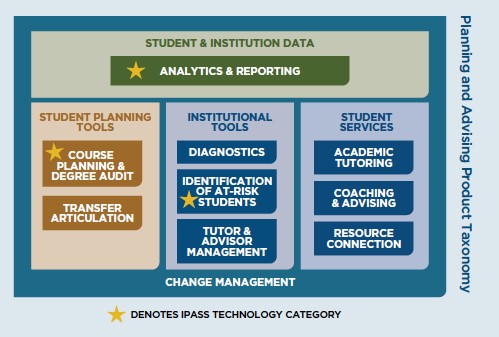
Image 5. iPASS: Planning and advising product taxonomy.
The failure to emphasize learning technologies within iPASS also has important implications when considering the iPASS self-assessment model (Tyton and Babson, 2016, p. 24). The model itself is a helpful guide for considering deployment of technologies for academic advising through the use of questions with binary responses. Based on how stakeholders at an institution respond to these questions, four different levels of technology preparedness for planning and advising are identified: limited technology usage, low fuel, check engine, and equipped navigation. If the creators of iPASS considered learning technologies such as LMS or e-portfolios, then it is difficult to imagine, with the widespread adoption of at least LMS, how most institutions could not be at the check engine or equipped navigator levels in their iPASS self-assessment.
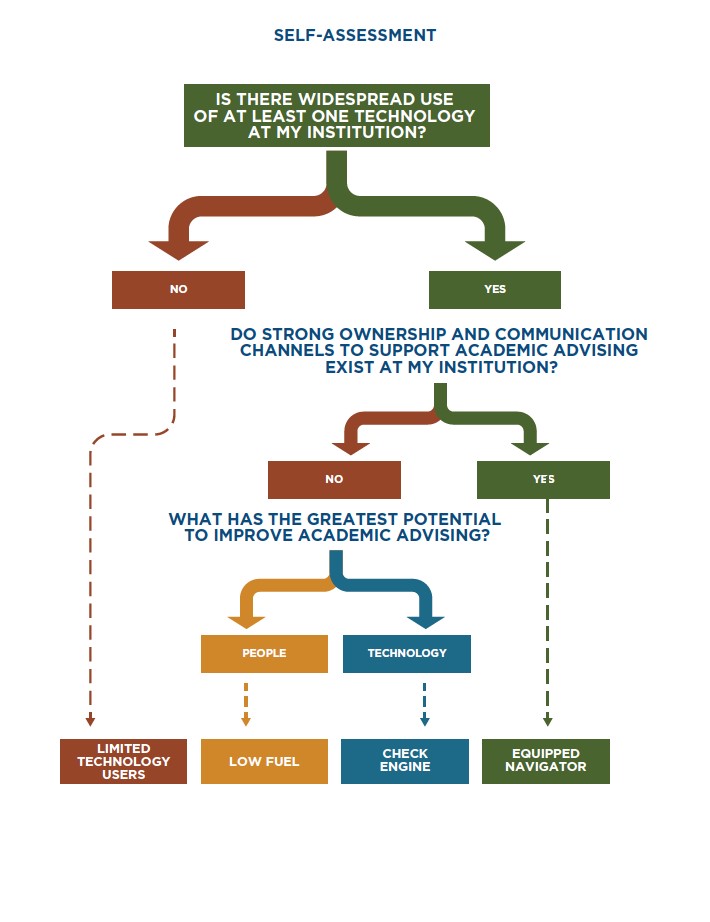
Image 6: iPASS self-assessment model
Conclusion
Implications for not emphasizing the teaching and learning technologies severely limits the iPASS model in several ways. When learning technologies are not the primary technologies, it becomes difficult to collect evidence of true learning as opposed to behavioral data (i.e. numbers of times accessed) produced though service technologies such as degree audits. If only evidence of student behavior is collected, the focus becomes how that behavior can be modified, not on the type (cognitive, affective, or psychomotor) or quality of learning that occurred because of interaction with the tool. It is as if the role of academic advising is to shepherd students, like sheep, through gated pastures to the home gate called graduation.
Instead, advisors who see advising as learning and seek to collect and use evidence focused on student learning can do so through the perspective of Bloom’s cognitive, affective, and psychomotor domains. This perspective changes the focus from if students are making progress based on use of institutional services to if students are learning how to be successful at making, initiating, and sustaining progress. The latter approach focuses on whether the institution provides students with the type of learning experiences needed to develop critical thinking skills and self-efficacy. One approach primarily serves the business interests of the institution; the other serves the educational mission by developing students’ critical thinking skills and self-efficacy.
The iPASS model offers many helpful insights that can assists those in the advising field consider deployment of technologies that assist and measure student progress for retention and program completion. However, those who seek to promote a teaching and learning approach to advising must provide evidence showing student learning if they wish to be taken seriously in discussions about student retention and program completion. By themselves, LMS and e-portfolios help advisors plan and organize content into modules that can focus on student success issues (Steele, 2016a; Steele 2016b). These tools also provide advisors with the ability to engage in a flipped-advising approach, an approach where students complete assignments within a module prior to an advising appointment whether that be face-to-face or through video-conference (Steele, 2016b). A flipped advising approach uses technology to change practice, instead of using technology to support current practices. Use of learning technologies prior to advising helps focus the advising session on higher order learning outcomes.
When student use of technologies produces evidence, both quantitative and qualitative, this evidence identifies successful and unsuccessful student learning that creates focus points for interventions. These learning tools offer increased efficiency for delivering content and evaluating students, mobile applications, secure communication channels, and 24-7 access, so why not embrace learning tools as the core technologies for academic advising and planning?
Citation for article: Steele, G. (2016). Don’t pass on iPASS: Recalibrate it for teaching and learning. NACADA Clearinghouse of Academic Advising Resources. Retrieved from https://www.nacada.ksu.edu/Resources/Clearinghouse/View-Articles/Dont-Pass-on-iPASS-Re-Calibrate-it-for-Teaching-and-Learning-a6416.aspx
References
Anderson, L. W., Krathwohl, D. R., Airasian, P. W., Cruikshank, K. A., Mayer, R. E., Pintrich, P. R., Raths, J., & Wittrock, M. C. (2001). A taxonomy for learning, teaching, and assessing: A revision of bloom's taxonomy of educational objectives. New York, NY: Pearson, Allyn & Bacon.
Bill and Melinda Gates Foundation. (n.d). Postsecondary success. Retrieved from http://postsecondary.gatesfoundation.org/areas-of-focus/personalized-learning/technology/
Clark, D. (2015). Bloom’s taxonomy of learning domains. Retrieved from http://www.nwlink.com/~donclark/hrd/bloom.html
Council for the Advancement of Standards. (2013). Academic advising programs: CAS standards and guidelines. Retrieved from http://standards.cas.edu/getpdf.cfm?PDF=E864D2C4-D655-8F74-2E647CDECD29B7D0
Dahlstrom, E., Brooks, D. C., & Bichsel, J. (2014). The current ecosystem of learning management systems in higher education. Retrieved from https://net.educause.edu/ir/library/pdf/ers1414.pdf
Dahlstrom, E., Brooks D. C., Grajek, S., & Reeves, J. (2015). ECAR study of undergraduate students and informational technology. Retrieved from https://library.educause.edu/resources/2015/8/~/media/24ddc1aa35a5490389baf28b6ddb3693.ashx
EDUCAUSE (n.d.). Integrated planning and advising for student success (iPASS). Retrieved from https://library.educause.edu/topics/information-technology-management-and-leadership/integrated-planning-and-advising-for-student-success-ipass
EFolioMinnesota Showcase. (n.d.). Retrieved from http://efoliomn.com/showcase
Eisner, E. W. (1979). The Educational imagination: On the design and evaluation of school programs. New York, NY: Macmillan Publishing Co, Inc.
NACADA: The Global Community for Academic Advising. (2006). NACADA concept of academic advising. NACADA Clearinghouse of Academic Advising. Retrieved from http://www.nacada.ksu.edu/Resources/Clearinghouse/View-Articles/Concept-of-Academic-Advising-a598.aspx
National Clearinghouse for Early Alert Initiatives in Higher Education. (n.d.) Definition of early alert. Retrieved from http://registrar.astate.edu/earlyalert/definition.php
Rust, M. M. (2014). FERPA and its implications for academic advising practice. NACADA Clearinghouse of Academic Advising Resources. Retrieved from http://www.nacada.ksu.edu/Resources/Clearinghouse/View-Articles/FERPA-overview.aspx
Steele, G. (2014). Intentional use of technology for academic advising. NACADA Clearinghouse of Academic Advising Resources. Retrieved from
http://www.nacada.ksu.edu/Resources/Clearinghouse/View-Articles/Intentional-use-of-technology-for-academic-advising.aspx
Steele, G. (2015). Using technology for intentional student evaluation and program assessment. NACADA Clearinghouse of Academic Advising Resources. Retrieved from http://www.nacada.ksu.edu/Resources/Clearinghouse/View-Articles/Using-Technology-for-Evaluation-and-Assessment.aspx
Steele, G. E. (2016a). Creating a flipped advising approach. NACADA Clearinghouse of Academic Advising Resources. Retrieved from https://www.nacada.ksu.edu/Resources/Clearinghouse/View-Articles/Creating-a-Flipped-Advising-Approach.aspx
Steele, G. E. (2016b). Technology and academic advising. In T. Grites, M. Miller, and J. Givens-Voller (Eds.), Beyond Foundations (pp. 305-325). San Francisco, CA: Jossey-Bass
Tyton Partners. (2015). Driving toward a degree: The evolution of planning and advising in higher education. Retrieved from http://tytonpartners.com/library/driving-toward-a-degree-the-evolution-of-planning-and-advising-in-higher-education/
Tyton Partners and the Babson Survey Research Group. (2016). Driving toward a degree: Establishing a baseline on integrated approaches to planning and advising. Retrieved from http://drivetodegree.org/dtd-wp/wp-content/uploads/2016/04/driving-toward-a-degree-2016.pdf